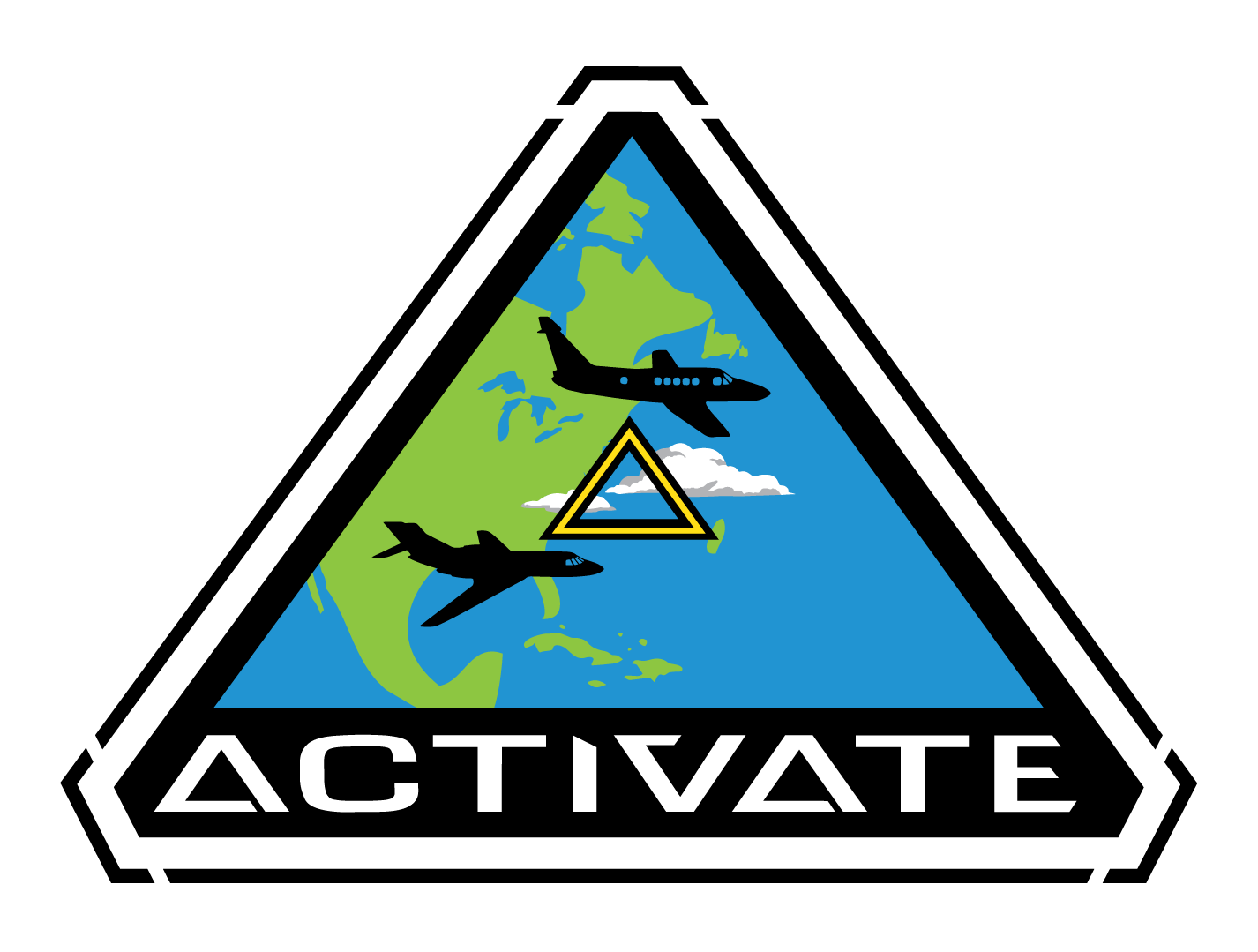Elastic-backscatter lidars depend upon a priori knowledge of aerosol properties to convert lidar backscatter measurements into aerosol extinction profiles. Presently, CALIPSO Version 4.x aerosol retrievals use a single lidar ratio for each CALIPSO aerosol type, but a key component of the upcoming CALIPSO Version 5 aerosol product will be lidar ratios for the existing aerosol types that can vary regionally. The lidar ratio variability implemented in Version 5 will be accomplished by creating climatological lidar ratio maps.
Many of the climatological lidar ratios in Version 5 will be computed from 15 years of clear-sky CALIPSO profiles and collocated column optical depths (obtained with the assistance of other satellite instruments, like MODIS and the SODA products), but even 15 years of observations will not provide enough data to robustly characterize lidar ratios in all regions and seasons and for all CALIPSO aerosol types. Thus, we will use modeled data to assist wherever there is not enough data to compute a climatology.
GOCART and AeroCom for CALIPSO (GAC) is a sub-project of MAC that relates aerosol lidar ratio measurements at scores of suborbital sites to the composition of aerosol plumes calculated by global transport models. This forward-model analysis is a variation of the usual practice of applying back-trajectories to lidar datasets, but the advantage of using a forward model is that the relative proportion of each aerosol type is computed at the lidar site during the measurement period. This is an empirical approach that assumes a linear relationship between multiple hydrated aerosol species and the lidar ratio, but it does not require the use of Mie Theory or any other optical calculations.
We are also interested in verifying our approach with long term in situ measurements (1+ years) that are collocated with lidar ratio measurements. We are especially interested in quantifying the dry mass of five aerosol types: fine solubles, fine insoluble carbonaceous, fine mineral dust, coarse mineral dust, and coarse marine. We choose this classification scheme because 1.) we expect this scheme to provide different lidar ratios for each aerosol type, since lidar ratio is determined by size, shape, and complex refractive index, and 2.) this scheme is easy to map with transport models.
This MIRA project seeks additional participation. We desire worldwide lidar ratio measurements, and we are especially interested in lidar ratio datasets that are less well-known to us.
Subscribe to the MIRA news list at https://espo.nasa.gov/lists/listinfo/mira.
NASA Langley Research Center, USA
Gregory L. Schuster, Charles R. Trepte, Jayanta Kar, Travis D. Toth, Marian Clayton, Sharon Rodier, Zhujun Li, David Painemal
NASA Goddard Space Flight Center USA
Mian Chin, Ellsworth J. Welton, Huisheng Bian, Dongchul Kim
University of Maryland Baltimore County, USA
Huisheng Bian, Dongchul Kim
Science Systems and Applications Inc., USA
Jayanta Kar, Marian Clayton, Sharon Rodier

